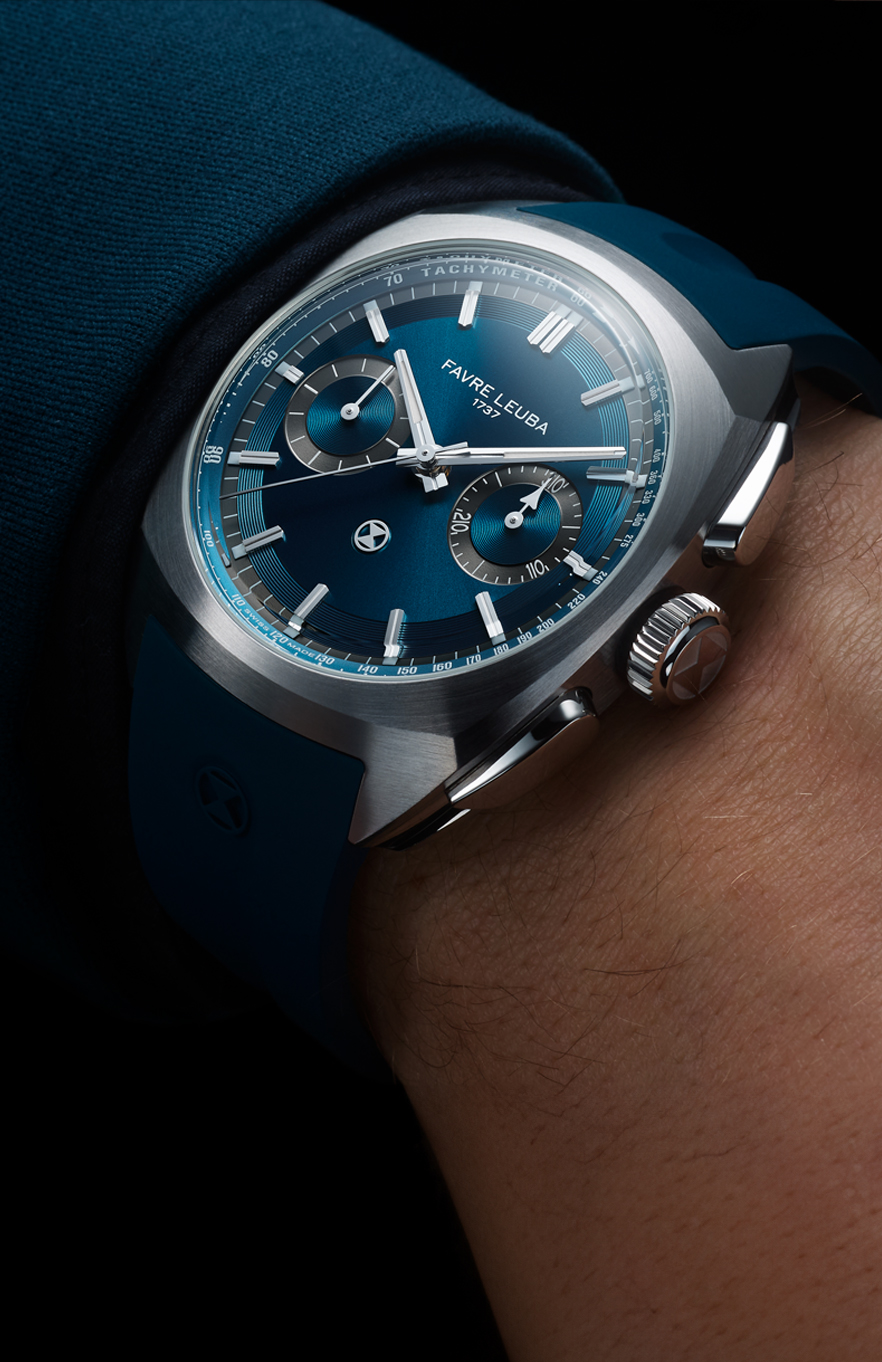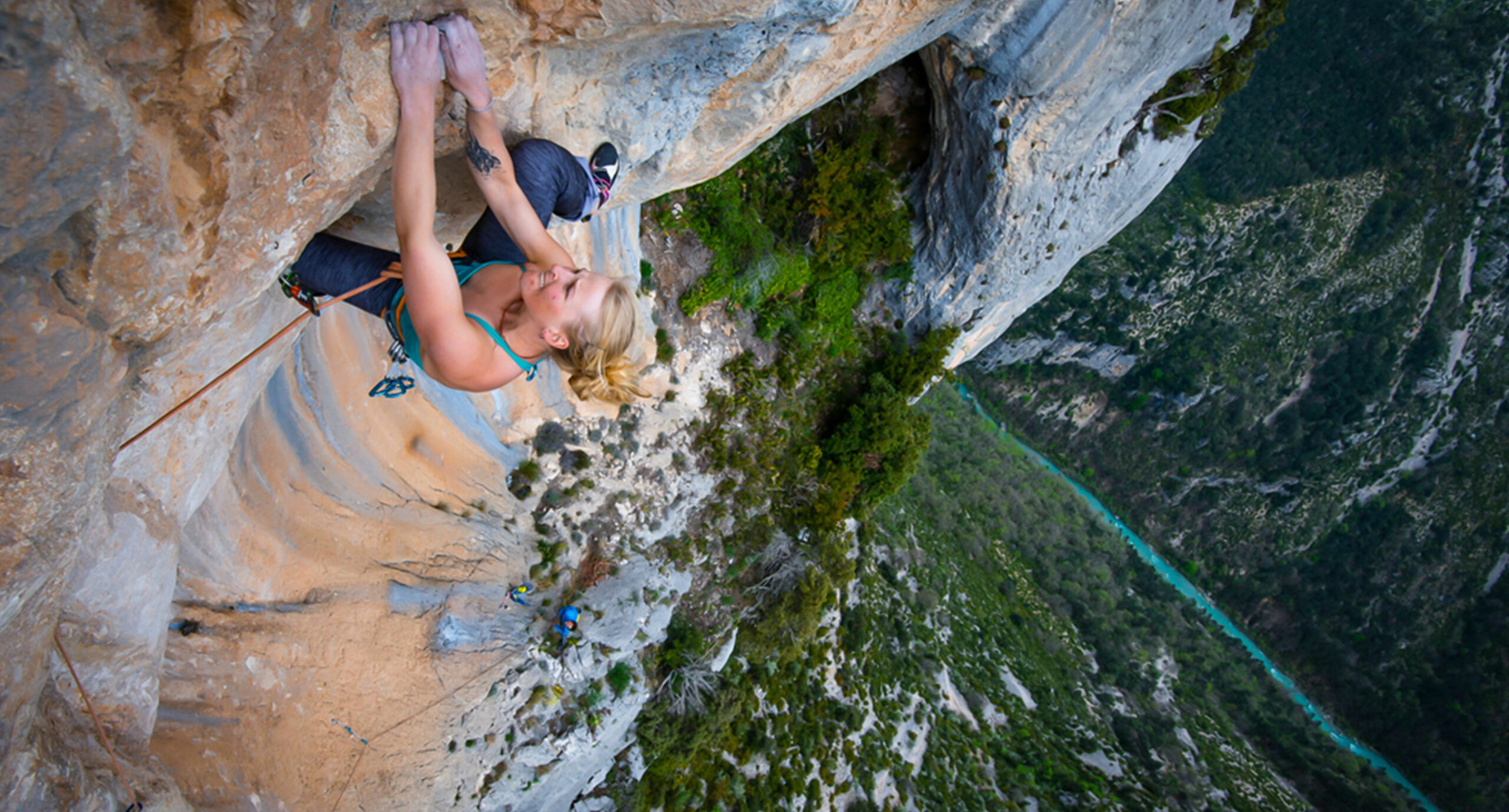Emily Harrington is a professional rock climber and adventurer who has been a prominent and leading figure in the climbing community since she was a teenager. She has won 5 U.S. National Sport Climbing Championships and 2 North American Championships, as well as completing numerous first female ascents of 5.14 sport routes. She has free-climbed Yosemite’s iconic El Capitan, summited Everest, and taken part in expeditions all over the world attempting big wall-free climbs and high-altitude peaks in Nepal, China, Myanmar, Crimea, and Morocco.
“I was 11 years old when I first started climbing and I was afraid. I was afraid that I’d fall, climb and reach too high on a wall, afraid of the exposure and the air under my feet – pretty much afraid of everything that defined climbing. I would climb and then I would cry – but these weren’t tears of fear, but rather tears of shame – the shame of the emotion that I was scared.
Juxtaposition Of Fear
I grew up like so many of us do, under the stereotypical impression that girls were scared, and boys were not. Looking back, I know how far from the truth that misconception was, but nevertheless – I wanted to prove that the stereotype was wrong, and I was going to conquer my fears and anxieties.
Today – I’m still working on overcoming fears and anxieties, just like every man and woman out there. Every day I feel fear and anxiety when forced to confront something uncomfortable. A feeling that, as we know, has no gender. I just wish that as an 11-year-old girl, someone had told me not that I had nothing to be afraid of but rather I am afraid because I am human, and fear is nothing to be ashamed of. Fear is a strength we can use to learn and to grow to be better.

The Feat Of Climbing
Since I took my first climb over 20 years ago, I’ve learnt how to turn fear into a strength, rather than a deterrent. Fear today feeds my purpose and determination. Without purpose, fear is paralyzing. But with purpose, it can be your greatest asset.
Through the years I have climbed the tallest peaks in the world and suffered headaches and nausea at over 25,000ft above sea level. I have lived on the side of a vertical cliff for a week straight, sleeping on a nylon ledge 2500ft off the ground. These have all been journeys in overcoming fear. At first, it is uncomfortable, painful, intimidating, unconventional, and yes – it’s a scary thing, but the more I do stuff like this the more I realize that we humans are remarkably adaptable. The day I wake up and something no longer feels scary or intimidating, I try the next thing that makes me uncomfortable. The process of feeling that fear and discomfort turn into comfort and confidence is empowering. It gives me strength and fuels my desire to push myself further, to learn more about myself and the world around me.
“Every climber knows the right tools are not only indispensable but can be life savers. Even if you take every precaution, being caught by surprise is part of the journey. You can suddenly find yourself, hanging precariously to a ledge or engulfed in a sudden weather change. If there is a change in the weather, climbers know not to fear but rather re-evaluate their journeys and decide whether to push ahead or take shelter. The altimeter on the award-winning Bivouac 9000, for example, shows a change in the atmospheric pressure, enabling climbers and mountaineers to make a well-informed decision in advance of a sudden weather change. It also enables them to have a better understanding of their geo-position, vital if they need to broadcast an accurate location in case of an emergency rescue mission. Knowledge teaches climbers how to find safety, their equipment can save their life.”

Failure, And Overcoming It
As with everything that’s worthy of pursuing, climbing is characterized by a lot of failures. 99% of what I do is fall and fail. This failure is just a way of building invaluable insight and experience. Failure or not, it’s the trying – and the learning that matters. Every once in a while, I don’t fall, I manage to hang on, to endure the suffering, to summit the mountain. But I would never succeed if it weren’t for those hundreds of thousands of failures that came before.
So my advice – regardless of age, gender or any external factors: Go find what makes you uncomfortable, what makes you vulnerable, makes you fail, what scares you – and embrace it. Keep at it until it’s no longer scary and uncomfortable, and then keep going. Life is meant to be challenging and hard, but you will never regret an effort you make, even if you fail. The world needs people who live passionately and unapologetically themselves. Who are not afraid to be afraid.”










